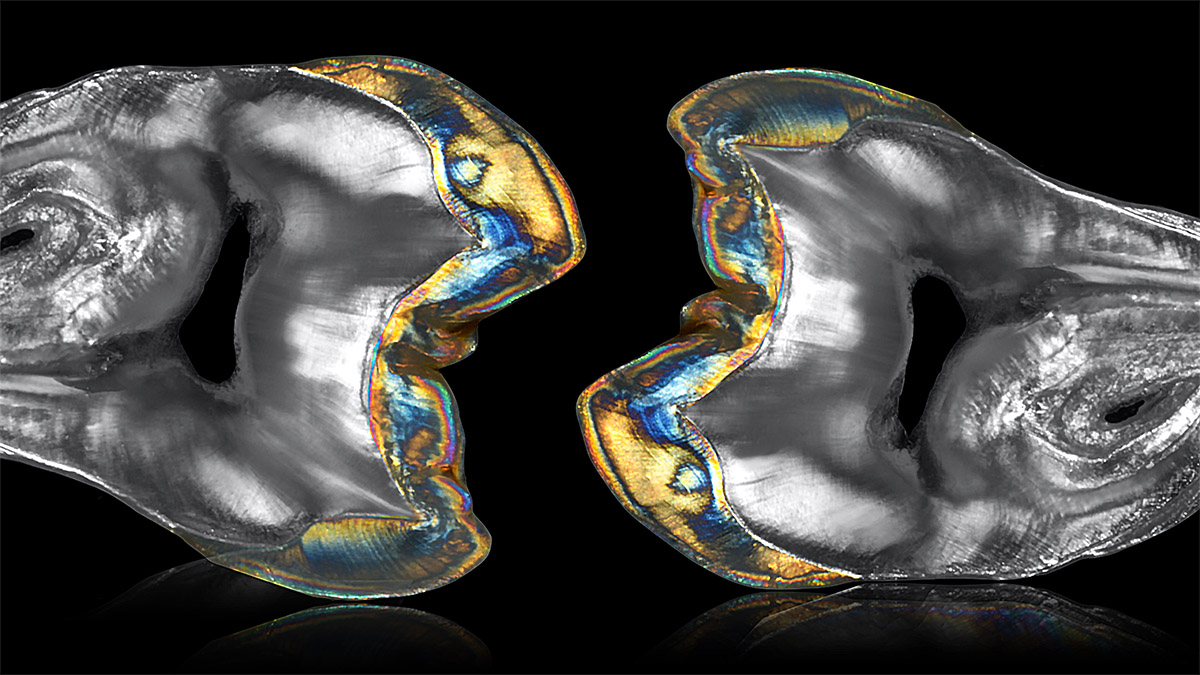Diet, teeth morphology, poor oral hygiene and medication, as well as some metabolic diseases, are some of the factors involved in the occurrence of tooth decay. The existence of cavities is one of the most common reasons why the dental pulp is affected in an irreversible way, and one of the main causes why root canal is needed.
Endodontic treatment, or root canal treatment, consists of partially or fully removing the damaged pulp tissue to preserve and restore health to the tooth, thus avoiding the extraction of the tooth. If the infection and subsequent inflammation and necrosis of pulp is not treated, it will continue making progress and result in loss of the bone surrounding the tooth.
Root canal treatment is the procedure that applies when the damage, caused by either cavities, periodontal disease or trauma, is very extensive and irreversible and there is risk of complications in oral health and general well-being of the patient. The partial or total removal of the dental pulp is the key to avoid the loss of the tooth.
How is root canal treatment done?
- The dentist checks the patient and assesses whether endodontic treatment is the appropriate treatment for the patient.
- After anesthetizing the area that will be treated, the infected nerve is removed from the inside of the tooth nerve ducts.
- The inside of the tooth is carefully cleaned and disinfected.
- Once disinfected the inside is filled and sealed with a biocompatible material which prevents bacteria.
- After the root canal or endodontic treatment, the definitive restoration of the tooth is necessary with a filling or a crown. Based on the amount of remaining tooth, the dentist will decide the need to place a tooth-shaped “cap” or dental crown in order to protect and prevent future fractures.
Benefits of root canal treatment
- When done in time root canal stops the bacteria that damage the dental tissues (enamel, pulp and gingiva) from advancing to periodontal tissues or tooth support (ligament and bone).
- Repairs the damage and saves the teeth, avoiding their extraction.
- Ends any discomfort and pain the patient felt prior to attending the appointment.
- It is an effective and safe way to restore the damaged tooth and return both the aesthetics and the chewing function.
- Prevents halitosis and avoids other more expensive and invasive treatments or interventions.
- Endodontic treatment helps you maintain your natural smile forever.

